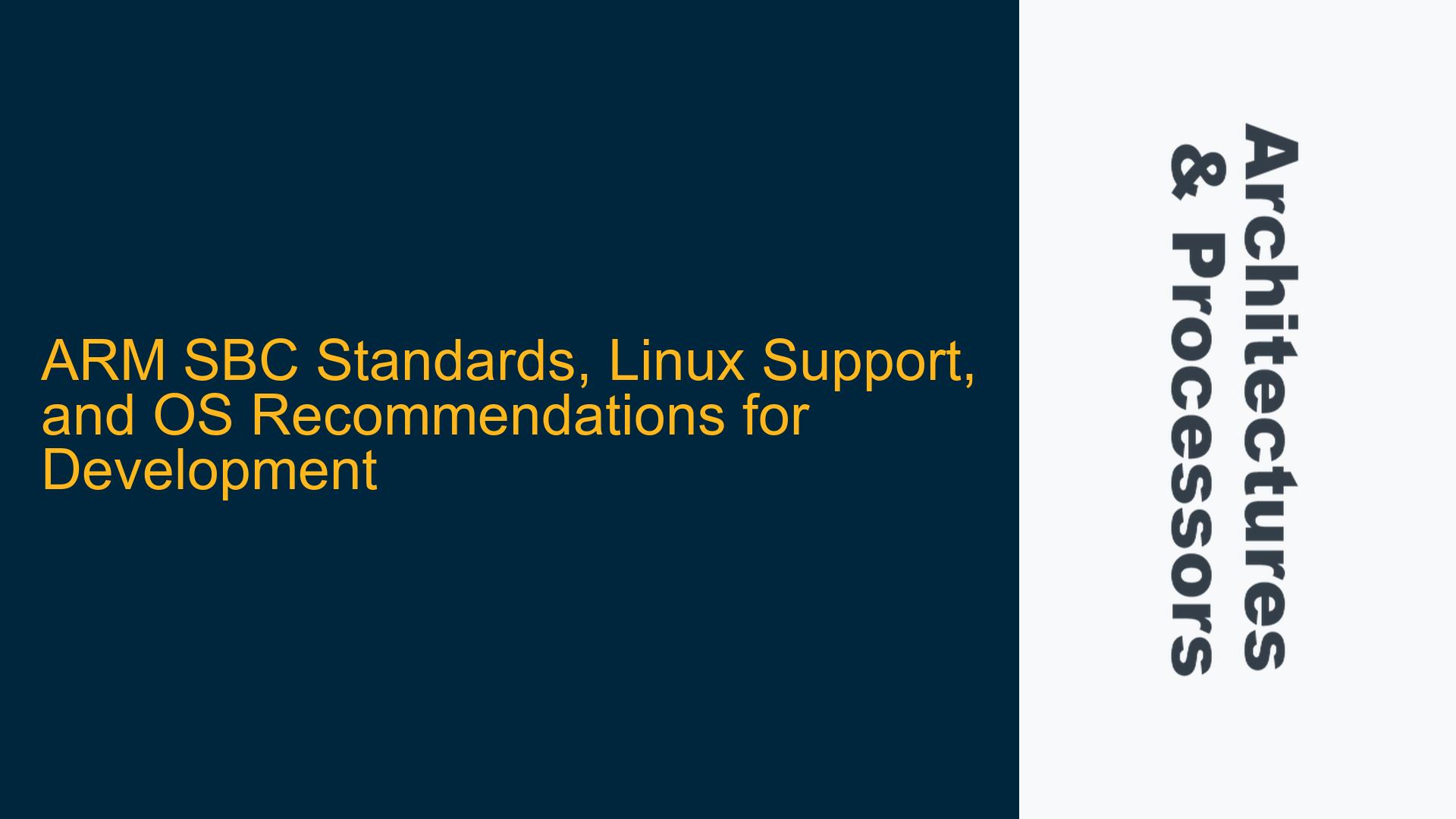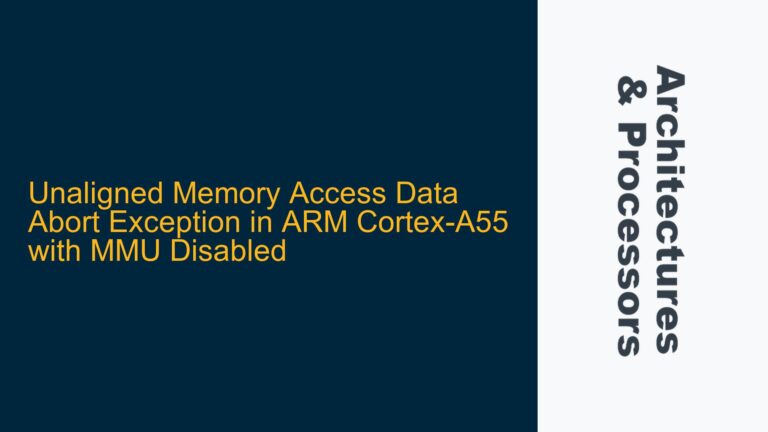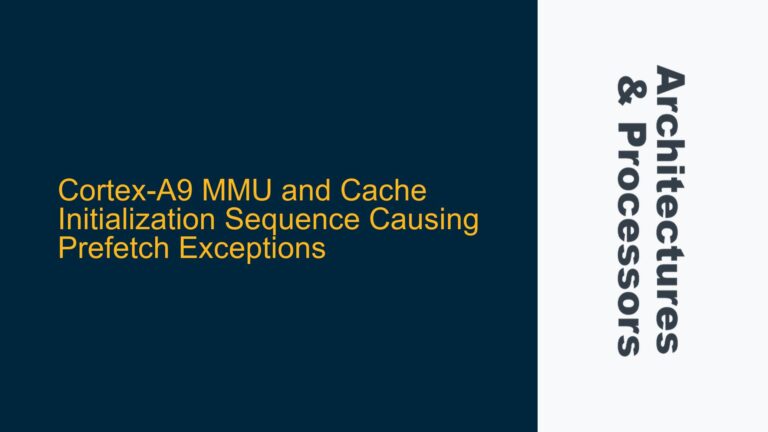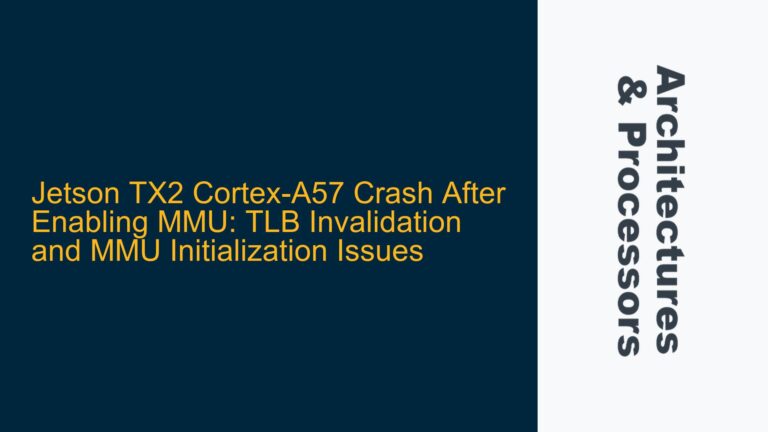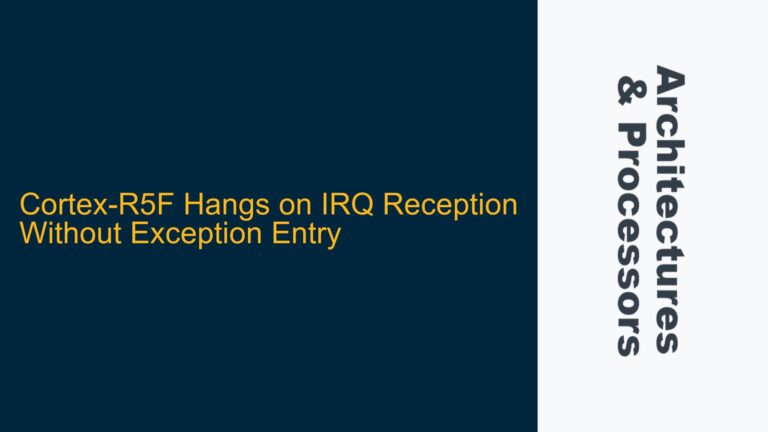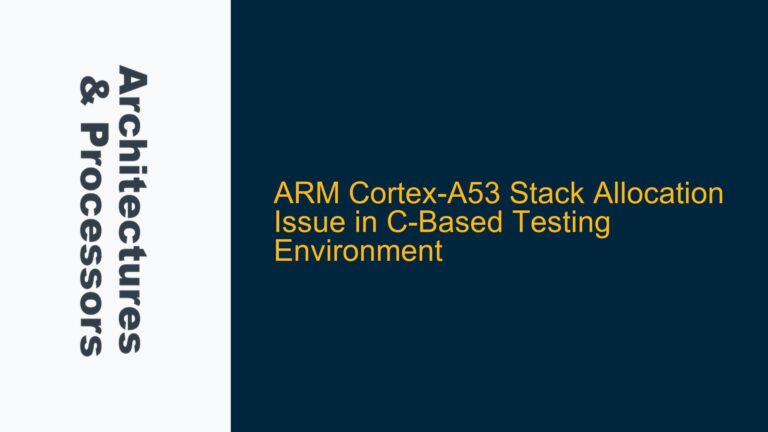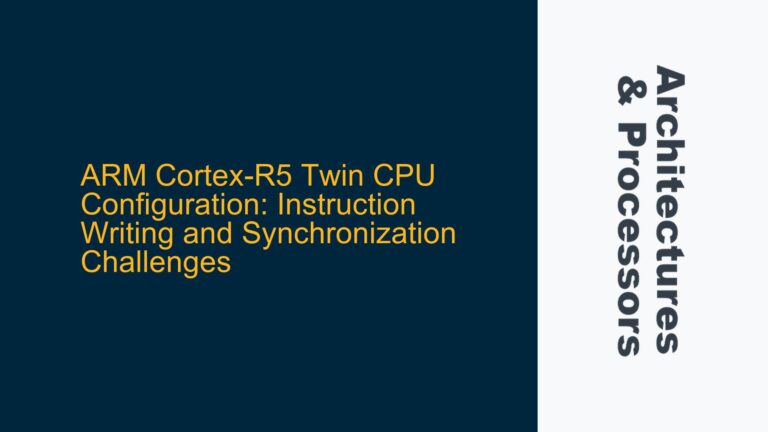ARM SBCs Supporting Software Standards: TF-A, UEFI, PSCI, and SDEI
When developing on ARM-based Single Board Computers (SBCs), adherence to software standards such as Trusted Firmware-A (TF-A), Unified Extensible Firmware Interface (UEFI), Power State Coordination Interface (PSCI), and Software Delegated Exception Interface (SDEI) is crucial for ensuring compatibility, security, and performance. These standards provide a consistent framework for firmware, bootloaders, and operating systems, enabling developers to create robust and portable applications.
The Raspberry Pi, while popular, often diverges from these standards due to its proprietary bootloader and firmware. However, several SBCs align closely with ARM’s software standards. The 96Boards initiative, spearheaded by Linaro, is a prominent example. 96Boards come in two form factors: Consumer Edition (CE) and Enterprise Edition (EE). Both editions are designed to comply with ARM’s software standards, making them ideal for developers seeking a standardized environment.
For instance, the HiKey series (HiKey 960, HiKey 620) is a well-known 96Boards CE family that supports TF-A, UEFI, and PSCI. These boards are widely used in development and prototyping due to their adherence to ARM standards. Similarly, the Juno development platform from ARM is another example that fully supports TF-A, UEFI, and PSCI, making it a preferred choice for enterprise and embedded development.
Beyond 96Boards, the NXP Layerscape series, such as the LS1046A, also supports these standards. The Layerscape boards are particularly notable for their use in networking and industrial applications, where compliance with ARM standards ensures reliable and secure operation. Additionally, the Xilinx Zynq UltraScale+ MPSoC boards, like the ZCU102, support UEFI and PSCI, making them suitable for high-performance embedded systems.
In summary, while the Raspberry Pi may not fully adhere to ARM software standards, several SBCs, including those from the 96Boards initiative, NXP, and Xilinx, provide robust support for TF-A, UEFI, PSCI, and SDEI. These boards are excellent choices for developers seeking a standardized ARM development environment.
Challenges in Linux Distribution Support for ARM SBCs with UEFI Firmware
Despite the theoretical compatibility of UEFI firmware with Linux distributions like Ubuntu for AArch64, several challenges can hinder full support on ARM SBCs. These challenges stem from hardware limitations, firmware implementation issues, and software ecosystem maturity.
One primary challenge is the variability in hardware configurations across different SBCs. While UEFI provides a standardized interface for booting operating systems, the underlying hardware must also meet specific requirements. For example, memory size, storage interfaces, and peripheral support can vary significantly between boards. This variability can lead to incompatibilities with certain Linux distributions, which may assume a minimum level of hardware capability.
Another issue is the maturity of UEFI firmware implementations on ARM SBCs. While UEFI is well-established in the x86 ecosystem, its adoption in the ARM space is relatively recent. As a result, some UEFI implementations on ARM SBCs may lack certain features or have bugs that prevent full compatibility with Linux distributions. For instance, issues with ACPI (Advanced Configuration and Power Interface) tables, which are crucial for power management and device enumeration, can cause boot failures or runtime errors in Linux.
The software ecosystem surrounding ARM SBCs also plays a role. While Ubuntu and other Linux distributions have made significant strides in supporting ARM architectures, the pace of development and testing may not always keep up with the rapid release cycles of new SBCs. This can lead to gaps in support, particularly for newer or less common boards.
To address these challenges, developers can take several steps. First, they should ensure that their SBC’s UEFI firmware is up to date, as firmware updates often include bug fixes and new features. Second, they should consult the board’s documentation and community forums for any known issues or workarounds related to Linux support. Finally, developers can consider using a more lightweight or customized Linux distribution that is specifically tailored for their SBC, as these distributions may have better compatibility and performance.
In conclusion, while UEFI firmware theoretically enables Linux distribution support on ARM SBCs, practical challenges related to hardware variability, firmware maturity, and software ecosystem development can hinder full compatibility. By staying informed and proactive, developers can overcome these challenges and achieve successful Linux deployments on their ARM SBCs.
Selecting the Right ARM Operating System for Server, Embedded, and Desktop Hardware
Choosing the appropriate operating system for ARM-based hardware depends on the specific use case: server, embedded, or desktop. Each use case has unique requirements, and the operating system must be selected to meet those needs effectively.
For server applications, the operating system must provide robust performance, scalability, and security. Linux distributions like Ubuntu Server, Red Hat Enterprise Linux (RHEL), and CentOS are popular choices for ARM servers. These distributions offer extensive support for server workloads, including web hosting, database management, and cloud computing. Additionally, they benefit from a large ecosystem of software and tools, making it easier to deploy and manage server applications.
In the embedded space, the operating system must be lightweight, real-time capable, and highly customizable. Real-time operating systems (RTOS) like FreeRTOS, Zephyr, and VxWorks are commonly used in embedded ARM systems. These RTOSes provide deterministic behavior, low latency, and minimal resource usage, making them ideal for applications such as industrial automation, automotive systems, and IoT devices. For more complex embedded systems, Linux-based distributions like Yocto and Buildroot offer greater flexibility and a wider range of software packages while still being highly customizable.
For desktop environments, the operating system must provide a user-friendly interface, support for a wide range of applications, and compatibility with desktop hardware. Ubuntu Desktop, Fedora, and Debian are popular choices for ARM-based desktops. These distributions offer a full desktop experience, including graphical user interfaces, office suites, and multimedia applications. They also benefit from a large community of users and developers, ensuring ongoing support and development.
When selecting an operating system for ARM hardware, developers should consider several factors. First, they should evaluate the hardware’s capabilities and ensure that the operating system can fully utilize them. Second, they should consider the specific requirements of their application, such as real-time performance, security, or user interface needs. Finally, they should assess the availability of software packages, tools, and community support for the chosen operating system.
In summary, the choice of operating system for ARM-based hardware depends on the intended use case. Linux distributions like Ubuntu Server, RHEL, and CentOS are well-suited for server applications, while RTOSes like FreeRTOS and Zephyr are ideal for embedded systems. For desktop environments, Ubuntu Desktop, Fedora, and Debian provide a comprehensive user experience. By carefully considering the hardware capabilities and application requirements, developers can select the most appropriate operating system for their ARM-based projects.
